Alpaca Wool vs Merino:
Which Is Warmer & Which Is Itchier?
Published Oct 08, 2019 | Updated Oct 17, 2024
Reading time: 6 minutes
Alpaca wool
Merino wool
Alpaca wool
Discover with us the truth about the warmth and itchiness of Alpaca wool compared to Merino wool.
Is Alpaca Wool Itchier Than Merino?
Merino wool is more itchy than Alpaca wool.
Considering that the itchy sensation of clothing fabric fibers on the skin is relative to the dermal sensitivity of people, it can be determined based on three main factors that Alpaca wool is technically not itchy, unlike Merino wool.
1. Lanolin content
Lanolin is an odorless yellow fat found in sheep wool (including Merino wool), produced by the sebaceous glands of sheep.It is an auxiliary pharmaceutical and cosmetic component, since its hydrophobic condition prevents irritation or infection caused by external agents; however, lanolin retains the moisture that is already present in the skin. [1]
So, can wool that contains lanolin be hypoallergenic? A study conducted in the Netherlands between January 2016 and December 2017 involved 594 participants undergoing routine testing with European Baseline Series (EBS), which consists of haptens with such low molecular weight that they do not produce an immune response. This test included a 30% lanolin alcohol solution to investigate dermatological reactions. Only 41 participants had questionable reactions, with 94% presenting atopic dermatitis or mild allergic reactions. [2] The study concluded that the risk of lanolin causing skin issues is very low, although adverse reactions could occur due to specific dermatological characteristics of the individual exposed.
Given this, adverse effects from using Merino wool are highly unlikely, but what about alpaca wool? Unlike sheep, alpacas produce very little to no lanolin. The alpaca wool used in the textile industry contains no lanolin at all. This fiber exhibits excellent moisture resistance (both from external sources and moisture from our own skin), and its lack of lanolin means it retains fewer bacteria and dust particles. [3] As a result, alpaca wool is considered hypoallergenic, significantly reducing the likelihood of allergic reactions. The moisture factor is no longer a concern, so if any reactions do occur, they are likely to be external and rare exceptions.

2. Fiber diameter
The thickness of the fiber can determine whether a garment will itch or feel soft against the skin. Coarse wool fibers tend to be quite itchy, while very fine fibers —those measuring less than 21 microns— are much softer. As we know, if a fiber feels itchy, it may eventually lead to some type of allergy or skin reaction.
In the textile industry, companies that produce garments made entirely from Merino wool typically use fibers that are 17.5 microns or finer to minimize any itchiness or roughness, [4] ensuring comfort for their customers. A study conducted by the Division of Dermatology at the University of Louisville in 2019 evaluated the effects of wearing these garments on individuals with skin sensitivities, such as atopic dermatitis or eczema. In the study, 25 participants wore only Merino wool garments of 17.5 microns for six weeks and cotton garments of 21 microns for six weeks more, while another group of 25 followed the reverse order. Participants reported significant changes when switching from cotton to Merino wool, with those who started in Merino wool experiencing a decrease in their eczema during the first weeks. [4]
At Arms of Andes we use the finest Alpaca Wool sourced in the Peruvian Andes. The Andean alpacas naturally developed over thousands of years in harsh conditions in high altitudes, creating the perfect fiber for outdoor gear that helps you stay protected in all conditions.
Discover our outdoor apparel.


2. Fiber diameter
The thickness of the fiber can determine whether a garment will itch or feel soft against the skin. Coarse wool fibers tend to be quite itchy, while very fine fibers —those measuring less than 21 microns— are much softer. As we know, if a fiber feels itchy, it may eventually lead to some type of allergy or skin reaction.
At Arms of Andes we use the finest Royal Alpaca Wool sourced in the Peruvian Andes. The Andean alpacas naturally developed over thousands of years in harsh conditions in high altitudes, creating the perfect fiber for outdoor gear that helps you stay protected in all conditions. Discover our outdoor apparel.

In the textile industry, companies that produce garments made entirely from Merino wool typically use fibers that are 17.5 microns or finer to minimize any itchiness or roughness, [4] ensuring comfort for their customers. A study conducted by the Division of Dermatology at the University of Louisville in 2019 evaluated the effects of wearing these garments on individuals with skin sensitivities, such as atopic dermatitis or eczema. In the study, 25 participants wore only Merino wool garments of 17.5 microns for six weeks and cotton garments of 21 microns for six weeks more, while another group of 25 followed the reverse order. Participants reported significant changes when switching from cotton to Merino wool, with those who started in Merino wool experiencing a decrease in their eczema during the first weeks. [4]

Mean DLQI over time for the 2 study cohorts. The asterisk (*) indicates a significant reduction in DLQI scores during the given interval. Thedagger (†) indicates that the mean change in DLQI scores was significantly different between the 2 cohorts. Image credits: Joseph F. Fowler, Lynn M. Fowler and Douglas Lorenz
While the study highlights that the diameter of 17.5-micron Merino wool provides a greater sense of comfort compared to cotton, what about alpaca wool? Like ultrafine Merino fibers, alpaca fibers can be as fine as 14.5 microns. So, what differentiates them? It comes down to softness and weight.
3. Fiber weight and roughness-smoothness ratio.
It's important to distinguish between the diameter and weight of the fibers. For example, 15-micron Merino wool can be up to 33% heavier than 15-micron alpaca fibers. [5]
Additionally, wool fibers have microscopic scales that protrude from the fiber surface, which contribute to that itchy sensation. The smaller and flatter the scales, the softer the fiber will feel. Merino wool has overlapping scales that increase its roughness when sheared. In contrast, when comparing Merino and alpaca wool, the roughness of alpaca is significantly lower—5 to 10 times less—due to the absence of these overlapping scales, making alpaca wool softer and less itchy than Merino. [6]

Structure of Merino wool before and after shearing. Adapted from The Story of Wool, Kondinin Group. Image Credits: Learn About Wool.
Is Alpaca Wool Itchier Than Merino?
Wool is an excellent insulator even when wet.
However, the key difference lies in the internal structure of the fibers: alpaca fibers have “semi-hollow” cores, while Merino wool relies solely on the crimp of the fibers to trap warm air. This structural difference also contributes to the fact that Merino wool tends to be heavier than alpaca wool.
We can see this difference in the natural decomposition of the fibers. For instance, when comparing Merino wool (17.5 to 21 microns) and Lincoln wool (33 to 41 microns), both sourced from sheep, the initial stages of decomposition show that Merino expands 1.5% more in length and tightens its crimp even further, [7] effectively retaining more heat.

Arms of Andes: Alpaca Wool vs Merino vs Cashmere: Which Is The Best?
On the other hand, fibers that have less dense areas running down the center can be considered “semi-hollow.” Not only do these fibers trap air between them, but the “hollow” areas heat up as well. Therefore, while Merino wool of similar micron size retains significant heat, the even lower density of alpaca wool enhances its heat-retaining potential due to the voids throughout its structure.
In conclusion, alpaca wool naturally regulates temperature thanks to its crimp and semi-hollow core. Alpaca wool clothing traps the heat generated by your body, both inside and between the fibers.
Alpaca wool (particularly the and baby alpaca fiber grades) is non-itchy, warm, and performs better than merino and other types of sheep's wool. This makes alpaca wool perfect for your outdoor clothing, slipper socks, and even underwear.
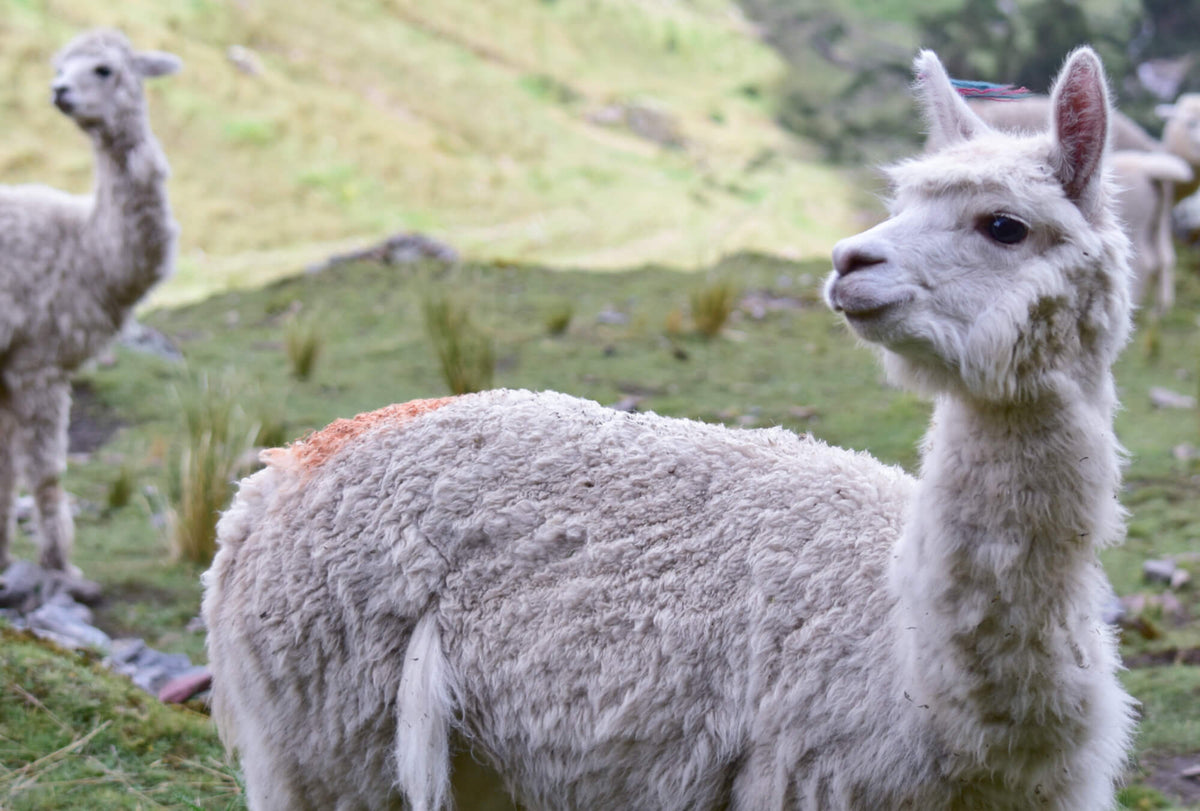
References:
[1] National Center for Biotechnology Information. Lanolin. PubChem Compound Summary [Internet]. [cited 2023 Oct 13]. Available from: https://pubchem.ncbi.nlm.nih.gov/compound/Lanolin
[2] Bokareva I, Ahlberg J, Järvinen T. The effect of different natural fibers on skin irritation: A systematic review. Contact Dermatitis. 2019;81(1):1-12. doi.org/10.1111/cod.13210
[3] Alpaca Information. Alpaca fiber characteristics [Internet]. [cited 2023 Oct 13]. Available from: https://www.alpacainfo.com/academy/article/4562/alpaca-fiber-characteristics
[4] Fowler JF Jr, Fowler LM, Lorenz D. Effects of Merino wool on atopic dermatitis using clinical, quality of life, and physiological outcome measures. [Internet]. [cited 2023 Oct 13]. Available from: https://www.liebertpub.com/doi/full/10.1097/DER.
[5] British Alpaca Society. An overview of alpaca and wool [Internet]. 2018 [cited 2023 Oct 13]. Available from: https://bas-uk.com/wp-content/uploads/2021/06/2018-AN-OVERVIEW-OF-ALPACA-AND-WOOL-scale-heights.pdf
[6] Bokareva I. Analysis of natural fibers and their effects on skin irritation. [Internet]. 2015 [cited 2023 Oct 13]. Available from: https://core.ac.uk/download/pdf/42626878.pdf
[7] D. Rama Rao; V. b. Gupta. (1992). Thermal characteristic of wool fibers Journal of Macromolecular Science - Physic, B31(2), 149-162.
Alpaca wool (particularly the royal and baby alpaca fiber grades) is non-itchy, warm, and performs better than merino and other types of sheep's wool. This makes alpaca wool perfect for your outdoor clothing, slipper socks, and even underwear.










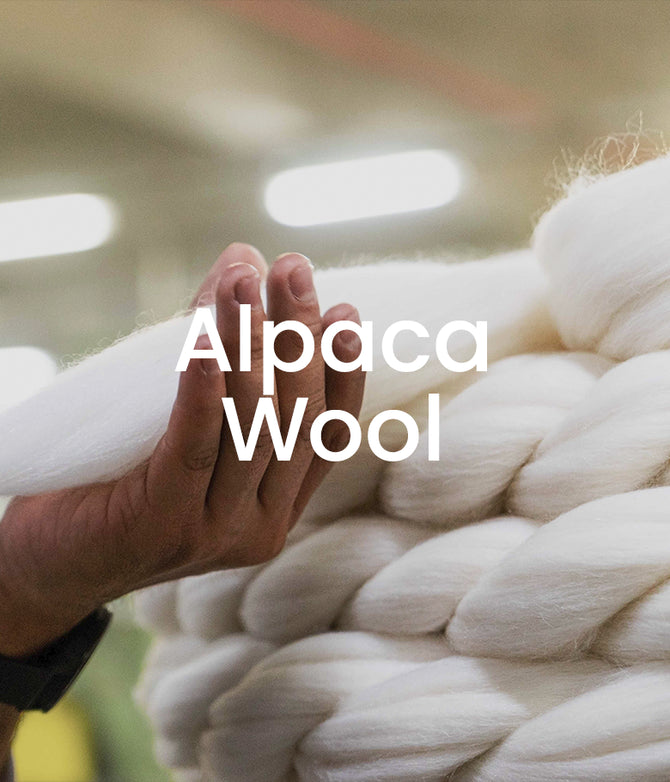
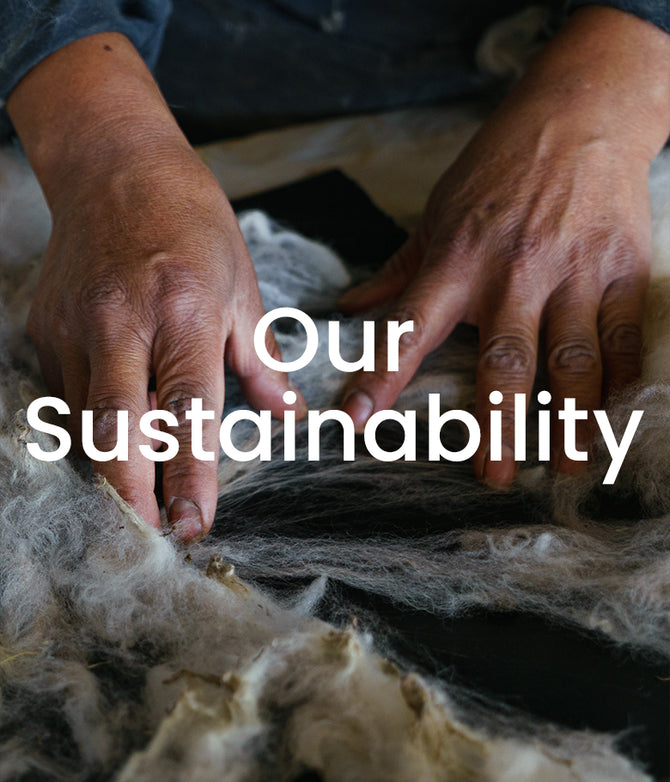

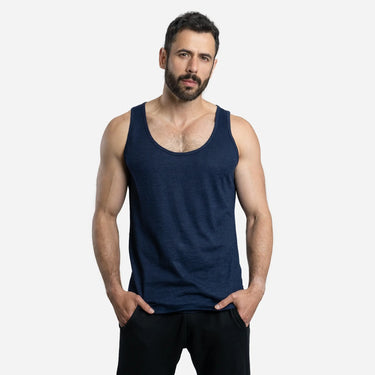

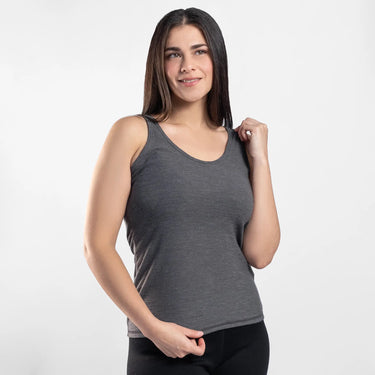
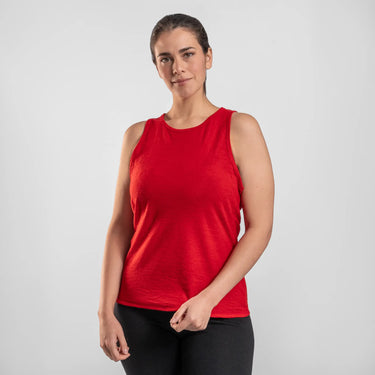
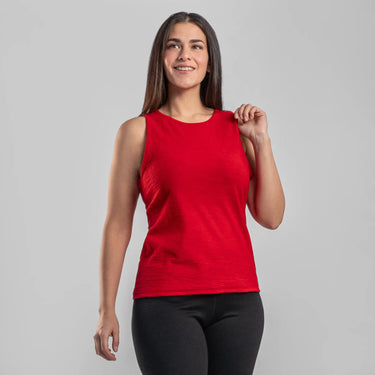

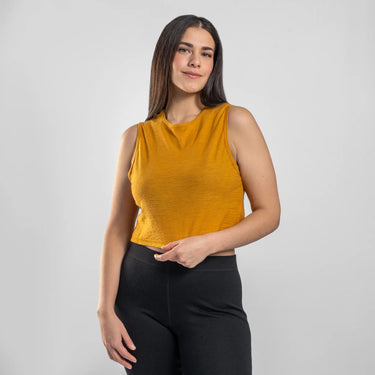


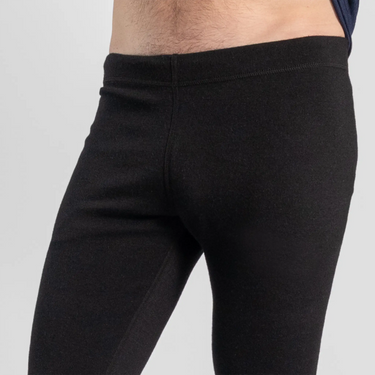
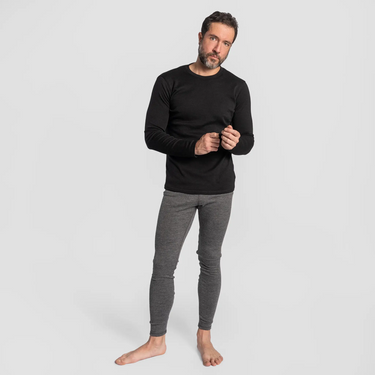
Hi, nice work! Do you know brands of alpaca shirts for running? Thank you and continue the good work.
have you guys decided to make mens leggings 420 with a fly? thanks al plaza